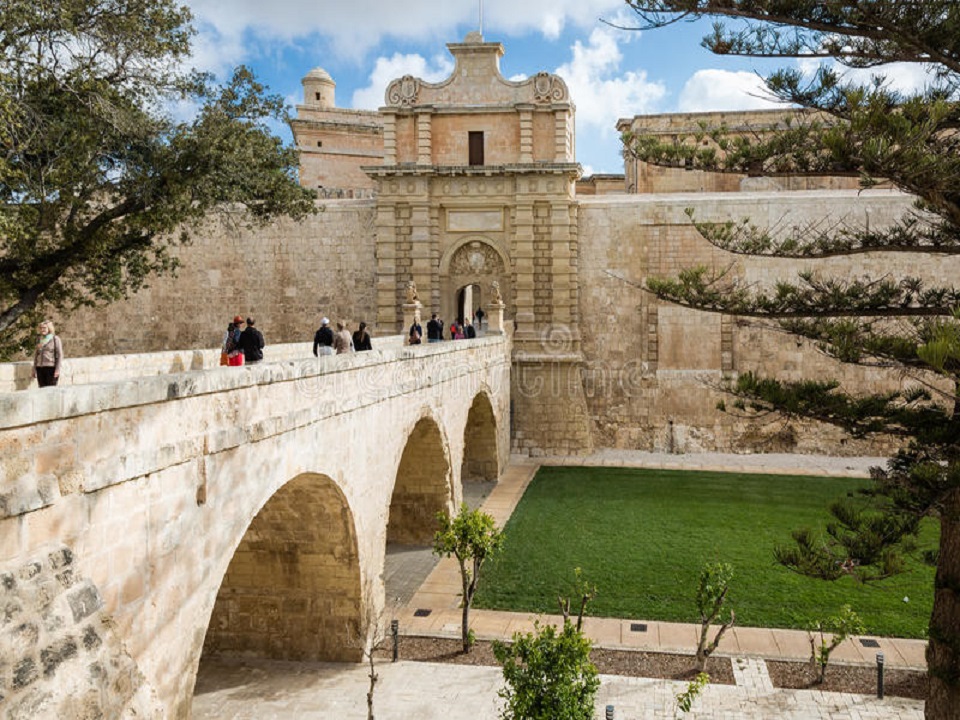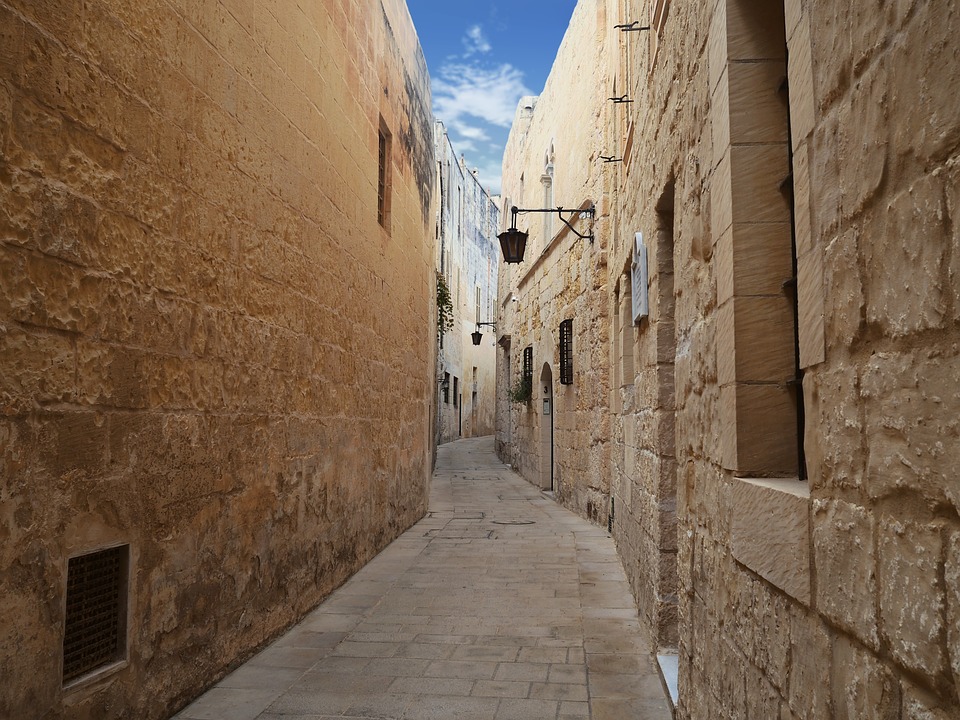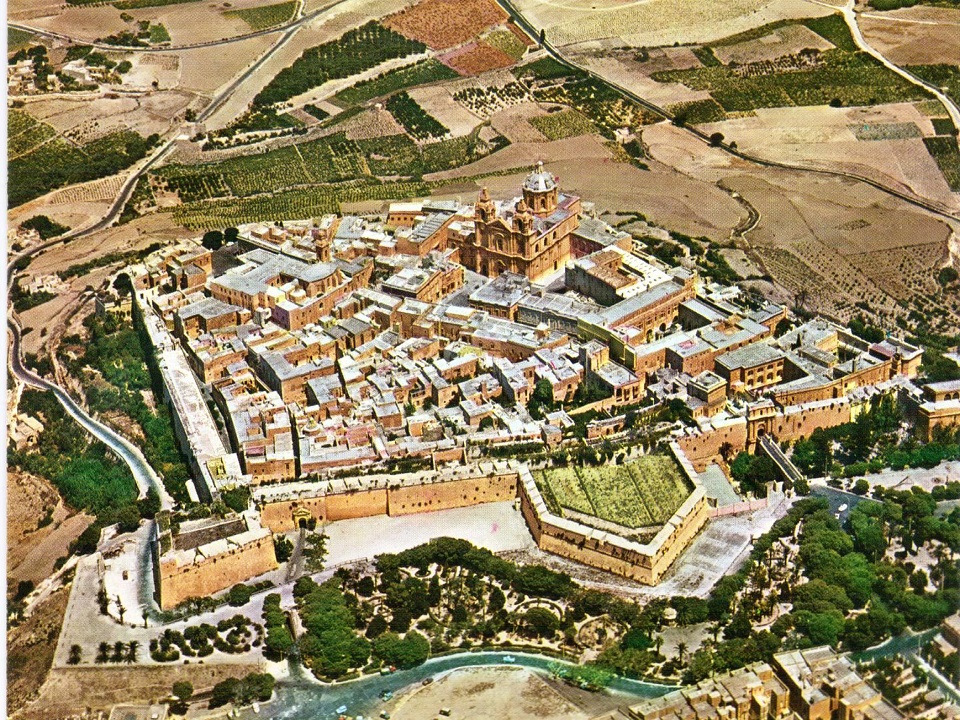Mdina is a fortified medieval town enclosed in bastions, located on a large hill in the centre of Malta. The town was the first capital of Malta, and with its narrow streets, few inhabitants and beautiful views over the Island it is truly a magical town. Mdina is referred to as the “Silent City” by Maltese and visitors alike - no cars (except those of a limited number of residents) have permission to enter Mdina and the town provides a relaxing atmosphere among the visitors walking its narrow streets and alleyways.

Mdina has a small population of around 250 people who live in an area of 0.9km2, within the city walls. In contrast, outside the city walls, the village of Rabat is just a step away, and has a population of over 11,000 people. The medieval town of Mdina presents a mix of Norman and Baroque architecture and is the home to many palaces, most of which today serve as private homes.

The large and striking Cathedral of the Conversion of St. Paul stands on the main square of the town. Mdina was first inhabited and fortified around 700 BC by the Phoenicians and was at that time called Maleth. Mdina benefits from its good location on the island’s highest point, far away from the sea. Under the Roman Empire the Roman governor built his palace in Mdina and it is said that even St. Paul stayed there after he was shipwrecked in Malta. It was the Normans who surrounded the city with its thick defensive fortifications and they also widened the moat around Mdina.

After an earthquake in 1693, there was the need to redesign parts of the city. This introduced Baroque designs within the city, and the Knights of Malta rebuilt the cathedral as well as the Magisterial Palace and Palazzo Falzon. The gate that stands at the entrance today is not the original entrance; the bridge was built later to enable cars and people to enter Mdina. The original entrance gate stands approximately 100 meters to the left.

